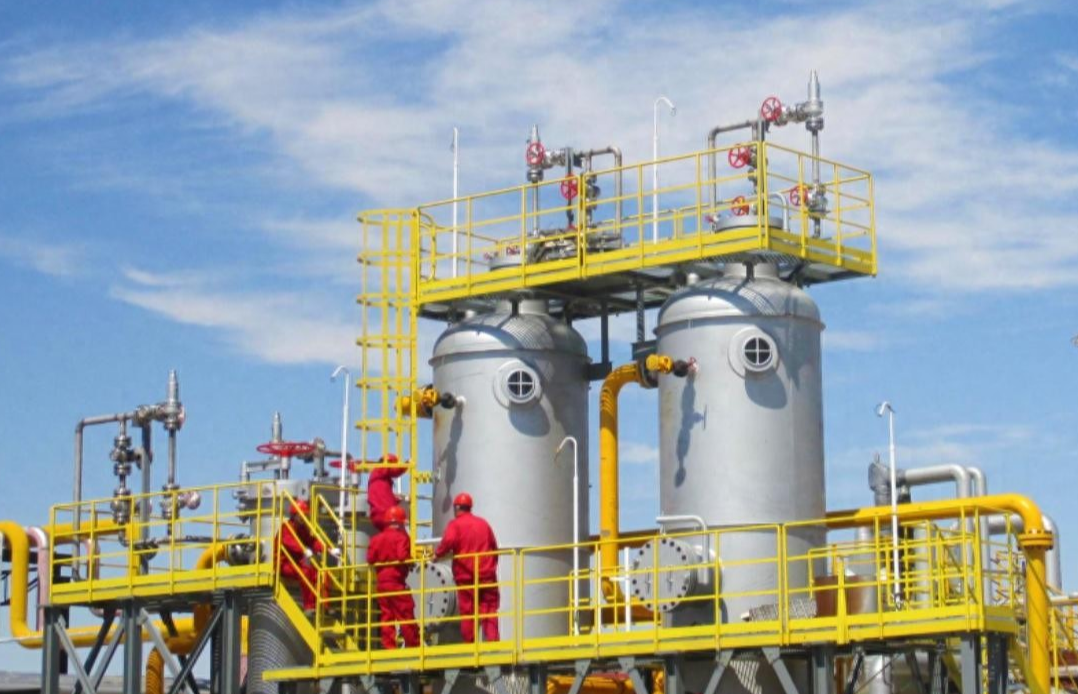U.S. Natural Gas Futures Surge 24%
Advertisements
The onset of a cold snap has ignited an unprecedented buying frenzy in the United States natural gas market, leading to the most significant price increase in 12 years for natural gas futuresThis spike in gas prices is not merely a standalone phenomenon; it also holds implications for short-term oil consumption as the market faces heightened tension.
On Monday, natural gas futures surged dramatically, with expectations of colder weather in January significantly raising demand for this essential heating and power generation fuelThis volatility underscores the sensitivity of energy markets to weather forecasts, where even a predicted dip in temperatures can send prices soaring.
In New York, gas prices for February delivery skyrocketed by 16%, closing at $3.936 per million British thermal units (BTUs), marking the largest single-day increase since trading on this contract began in 2012. During intraday trading, activity peaked with gas contracts reaching nearly two-year highs, spiking by as much as 24% at one point.
The National Weather Service, in its latest 8-14 day outlook, indicated that the eastern and midwestern parts of the United States face an increased probability of experiencing colder-than-normal weather
This prediction signals a sharp transition for a region that has enjoyed relatively mild autumn and early winter conditions thus far.
Forecasts are calling for an extensive cold wave that will sweep from Texas to Michigan and down to Georgia in early January, causing a noticeable drop in temperatures across the United StatesAccording to NatGasWeather.com, this weather change is contributing to a bullish sentiment surrounding energy demand, which is expected to soar as winter sets in.
Dennis Kissler, a trader and analyst at BOK Financial, noted that the impending cold front has led to “a buying frenzy,” which suggests that traders are scrambling to secure supplies in anticipation of the increased demand.
For much of the year, natural gas prices had remained comfortably below $3, buoyed by robust supplies from domestic shale gas fields
- NVIDIA, AMD, and Intel Join Forces
- Wall Street Banks Face Rising Trading Threat
- Suzhou Scores $26B Semiconductor IPO
- Dual Pursuit of Finance and Consumption
- Can the U.S. stock market continue to rise?
However, the weather-related demand surge presents a shift in the energy landscape that traders are closely monitoring.
As forecasted cold temperatures threaten to freeze some gas wells, particularly in the Appalachian region's Marcellus Shale, analysts from Analytix.AI warn that this could suppress production levelsThe interplay between weather, supply constraints, and burgeoning demand is poised to create significant volatility in the market.
Stephen Roseme, managing director at Bridgeton Research Group LLC, highlighted the role of algorithmic trading in this dynamicFunds that rely on sophisticated trading strategies have shifted their positions from neutral to net long, indicating a marked change in sentiment toward future price movements.
In addition to domestic changes, the consumption rates anticipated for liquefied natural gas (LNG) exports along the Gulf Coast are expected to swell overall demand
Notably, expansions at facilities like the Cheniere Energy's Corpus Christi LNG plant and Venture Global LNG's second Plaquemines LNG facility are expected to contribute to rising consumption levels in the near term.
Amidst this backdrop of fluctuating demand expectations, the pressures in the natural gas market may also encourage an increase in short-term oil consumptionTraders are keenly aware that shifts in one energy market can have ripple effects across others.
Supported by a bullish outlook for natural gas prices, West Texas Intermediate (WTI) crude oil settled around $71, achieving its highest closing price in two weeksWTI has managed to stay above its 100-day moving average, a critical resistance level that has sparked further buying interest among market participants

Meanwhile, algorithmic traders have transitioned to net long positions in Brent crude oil, reversing a prolonged bearish stance held since mid-October.
According to Bart Melek, head of global commodity strategy at TD Securities, the combination of cold weather and geopolitical risk has prompted independent traders to adopt bullish strategies, while higher prices lure in trend-following investors looking to capitalize on market shifts.
Despite these price movements, the crude oil market remains confined within a trading range, influenced by ongoing concerns about oversupply in 2025 and persistent geopolitical tensions in the Middle EastTraders are also keeping an eye on the upcoming January inauguration of President Trump to gauge how the new administration might impact oil supply and demand dynamics.
Leave A Reply